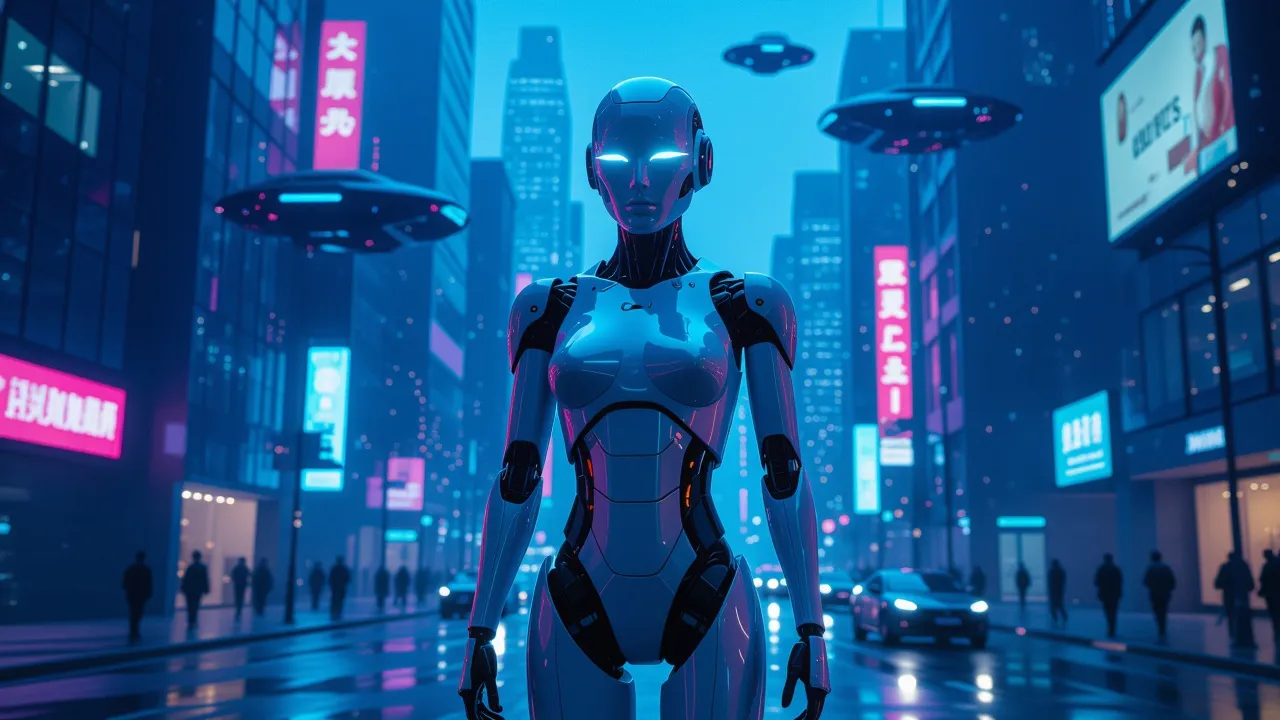Peakd
Peakd
When people think of artificial intelligence, they often picture something floating in the cloud or running in the background of a computer program. But what many don’t realize is that AI is now getting a “body.” This is what embodied AI is all about, giving AI not just a brain, but also a physical form so it can move, see, touch, and even interact with the real world like a human or animal would.
Embodied AI is changing the game. It’s no longer just software performing tasks in the digital space. Now we have intelligent systems that can navigate physical environments, understand their surroundings, learn from experience, and even react to unexpected situations in real-time.
According to the research I made, the World Robotics Report from the International Federation of Robotics (IFR) in 2024 said the global stock of industrial robots reached 428 million units in 2023. That’s a 10% increase over the previous year, and it shows how fast robotics and embodied AI are being adopted around the world.
One of the companies leading this transformation is PAL Robotics (PAL), based in Barcelona. They’ve been operating for about 20 years now, and their work in embodied AI has been impressive. PAL started by focusing on humanoid robots, and today, they’ve expanded their efforts into robots for industries like retail, health care, and logistics. What’s even more exciting is that they now have branches in Italy and France, which shows how much they’ve grown and how serious Europe is about developing intelligent physical systems.
Embodied AI combines robotics, machine learning, sensors, and advanced control systems to help machines understand and function in the world around them. Unlike traditional AI that might only process data on a screen, embodied AI interacts with people, moves through physical spaces, and performs tasks like lifting objects, guiding people, or monitoring environments.
A great example of this is service robots in hospitals or hotels. These robots don’t just sit and calculate, they roll around, speak to people, deliver items, and even respond to touch or voice commands. The AI in them has to process emotions, spatial awareness, language, and decision-making all at once. It’s a full-body experience, literally.
One of the reasons embodied AI is gaining popularity is because of how useful it is in solving real-world problems. In warehouses, robots with embodied AI can move goods around more efficiently. In homes, they can help elderly or disabled individuals live more comfortably. In disaster zones, they can go into dangerous areas where it’s not safe for humans. And all of this is just scratching the surface.



But as exciting as this all sounds, it also brings new challenges. These robots need to be trained in diverse environments and situations. Safety is another concern, especially when humans and machines are sharing the same space. It’s one thing for an AI to make a wrong move in a video game, it’s another thing entirely if it bumps into a person in real life.
Still, the future looks promising. As technology continues to improve, embodied AI will become more capable, more affordable, and more integrated into our daily lives. We may soon live in a world where smart robots are as common as smartphones.
 For now, I’m personally excited to see how companies like PAL keep pushing boundaries. Their two decades of work in the field shows dedication, and with new locations in Italy and France, they’re clearly not slowing down.
For now, I’m personally excited to see how companies like PAL keep pushing boundaries. Their two decades of work in the field shows dedication, and with new locations in Italy and France, they’re clearly not slowing down.
Embodied AI is no longer science fiction, it’s becoming part of our reality. The blend of intelligence and motion is shaping the future of robotics, and from what we can already see, it’s a future worth watching closely.
Photos from peakd